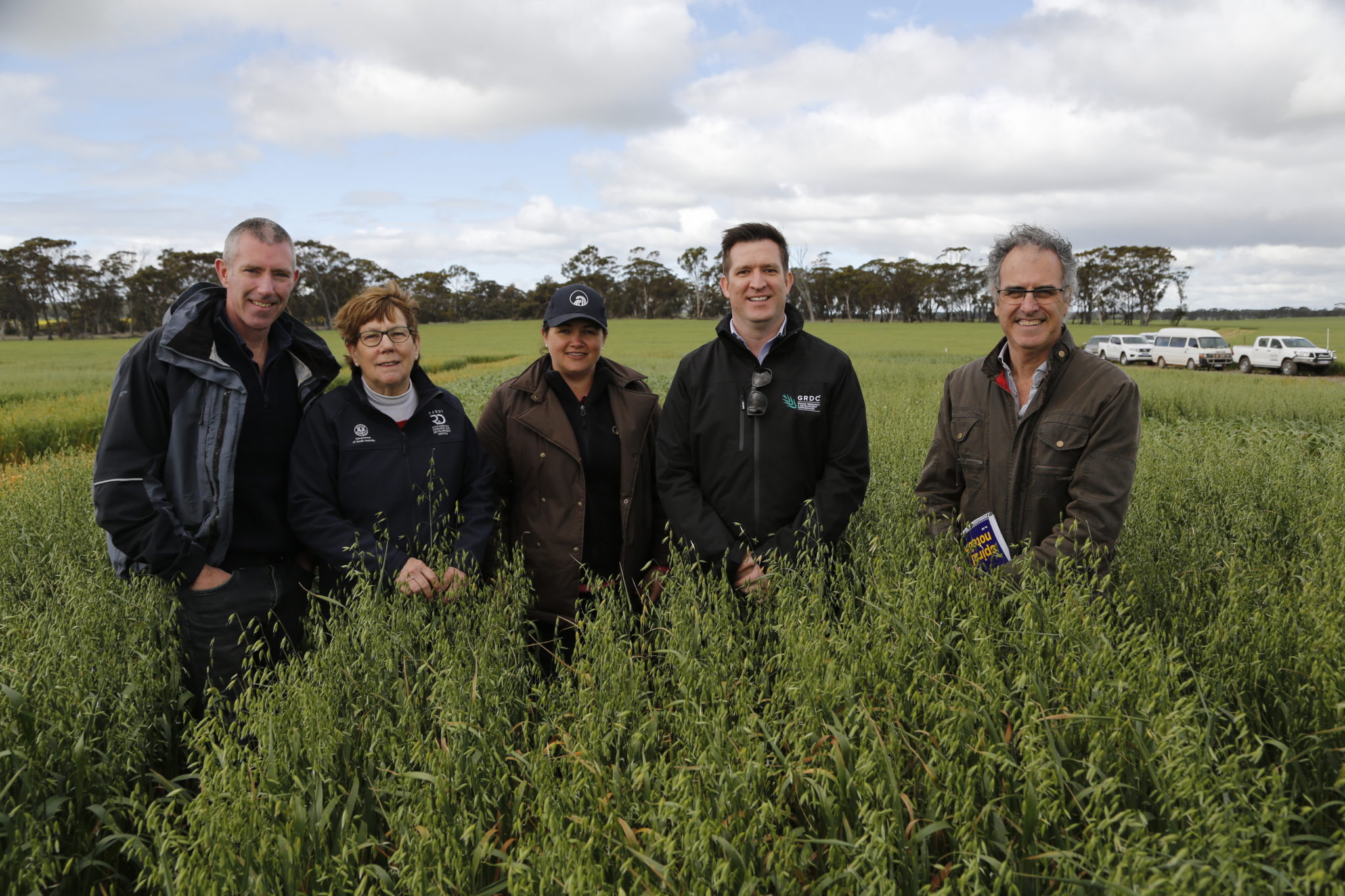
Koorabup was developed by Primary Industries and Regions SA’s research division the South Australian Research and Development Institute (SARDI) with support from the Department of Primary Industries and Regional Development (DPIRD) and funds from AgriFutures Australia’s Export Fodder Program, as part of the National Oat Breeding program.
The variety was initially crossed in 2005 from two WA advanced breeding lines and has been tested in field trials at several locations across the nation, including Cunderdin and Highbury in WA.
SARDI principal plant breeder Pamela Zwer said Koorabup had similar traits to the popular oats variety Carrolup, but with improved resistance to fungal disease, septoria.
Septoria occurs throughout the cereal growing areas of WA and is most severe in high rainfall areas, causing crop losses of up to 50 per cent in susceptible varieties.
“The trait that sets Koorabup apart is that it is moderately resistant to moderately susceptible to septoria, whereas most oats varieties are susceptible to highly susceptible to this disease,” she said.
“This resistance can result in hay yields slightly higher than Carrolup and improved quality performance, providing an alternative cropping option – particularly for growers in the medium to high rainfall zones, where septoria is common.”
Dr Zwer said Koorabup also had characteristics highly desired by the oaten hay trade.








